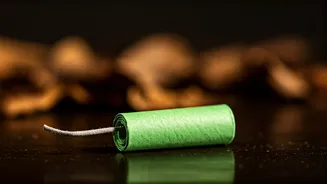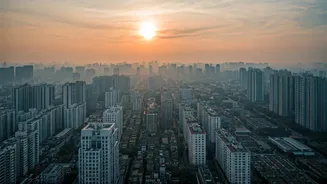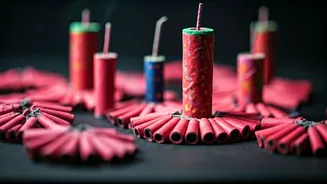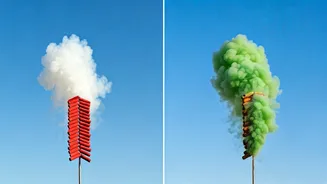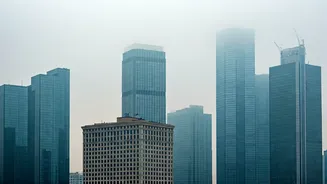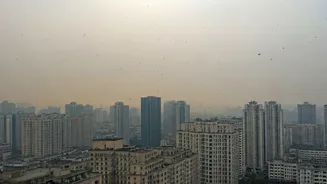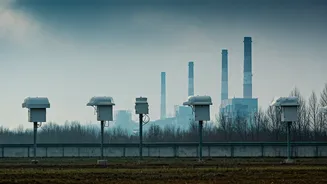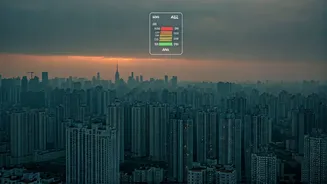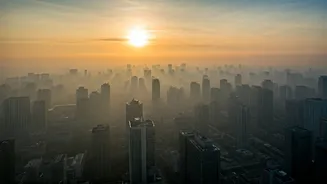What Makes Them?
Green crackers, designed to be less polluting than traditional firecrackers, are formulated with specific chemical compositions. The primary goal is to reduce
emissions that are harmful to both the environment and human health. They achieve this by substituting or minimizing certain chemicals. For instance, the use of barium nitrate, a major contributor to pollution in regular firecrackers, is avoided. Instead, green crackers often employ alternative chemicals that are intended to produce less particulate matter, sulfur dioxide, and nitrogen oxides. The manufacturing processes and specific ingredients used are crucial in determining how effectively green crackers can reduce pollution compared to their conventional counterparts. The key lies in the careful selection of components and the overall production methods, with the aim of minimizing their environmental footprint.
Effectiveness Debate
The effectiveness of green crackers in reducing pollution is a topic of ongoing debate. While manufacturers claim a significant reduction in emissions, independent studies and real-world observations present a more complex picture. Various factors can influence the actual pollution levels produced by green crackers. These include the specific formulation used, the manufacturing quality, and the conditions under which they are ignited. Some studies indicate that green crackers do emit lower levels of pollutants such as particulate matter, when compared to traditional firecrackers. However, the reduction is not always as significant as advertised, and they may still contribute to air pollution during events like Diwali. Furthermore, the overall impact depends on the number of crackers used and the location in which they are detonated. Therefore, although green crackers represent a step toward less polluting alternatives, their absolute impact on air quality remains a subject of investigation.
Introduction Rationale
Green crackers were introduced to address growing concerns regarding the severe air pollution caused by traditional firecrackers, particularly during festive seasons. The initiative aimed to offer a safer, more environmentally friendly alternative to traditional firecrackers. The objective was to balance cultural traditions with the need for cleaner air and public health. This effort was driven by environmental awareness and strict regulations. The government and regulatory bodies played a vital role in promoting and approving these safer alternatives. The introduction of green crackers was, therefore, a multifaceted initiative. It reflected a commitment to environmental sustainability, public health, and the continuation of cultural celebrations with reduced negative impacts.
